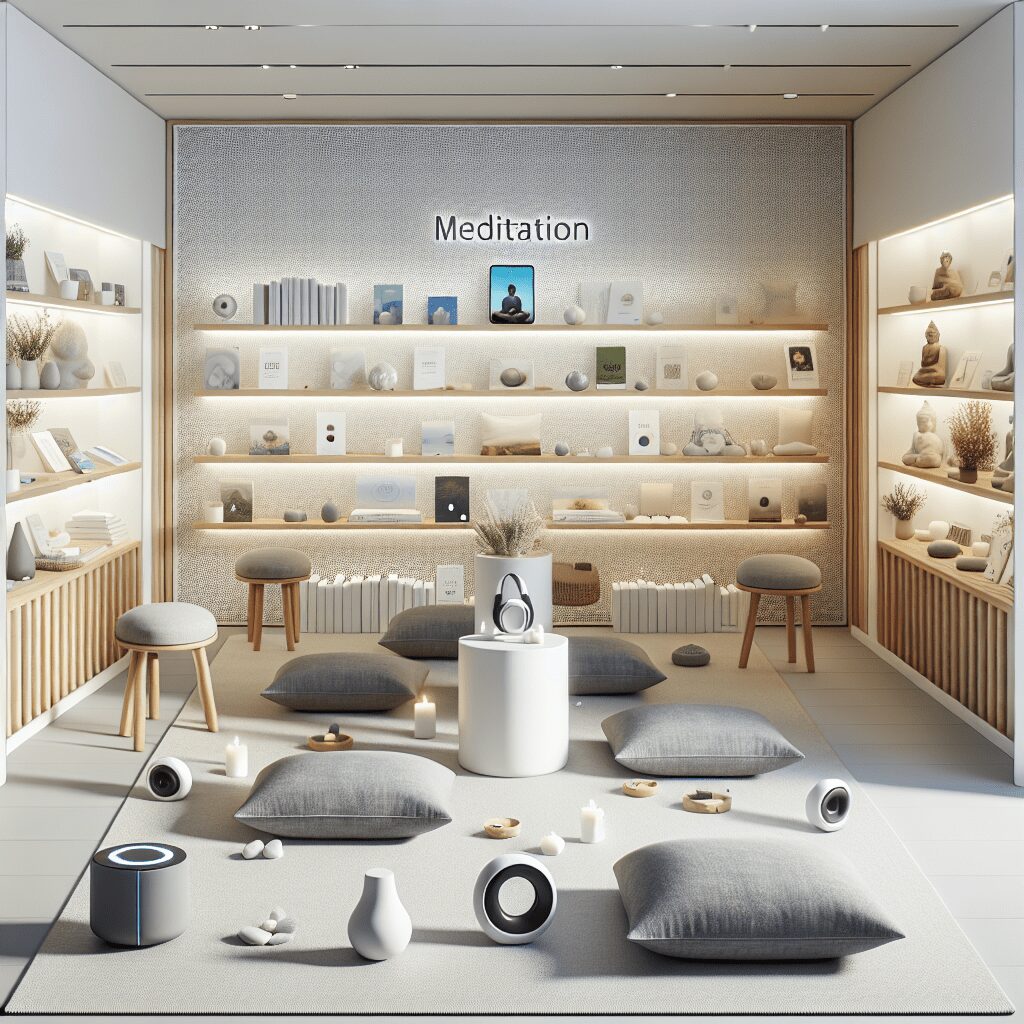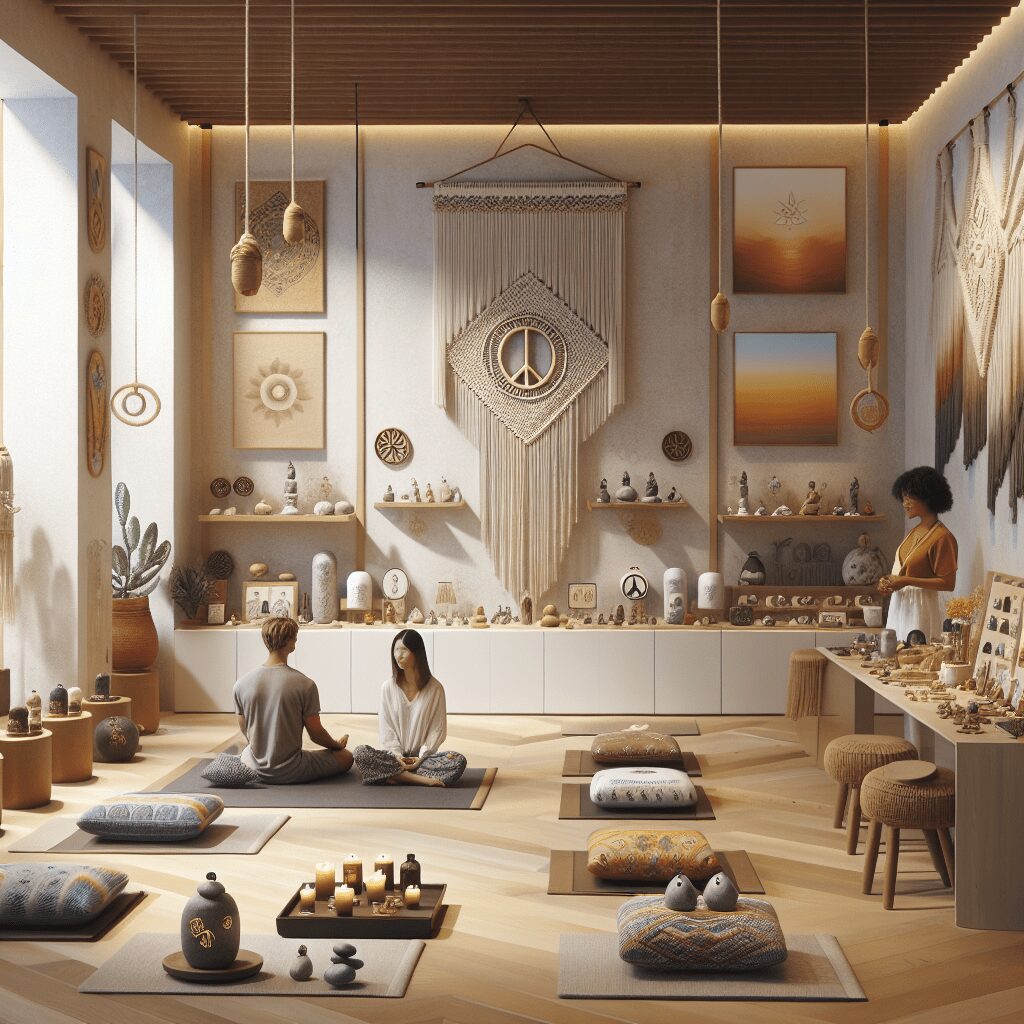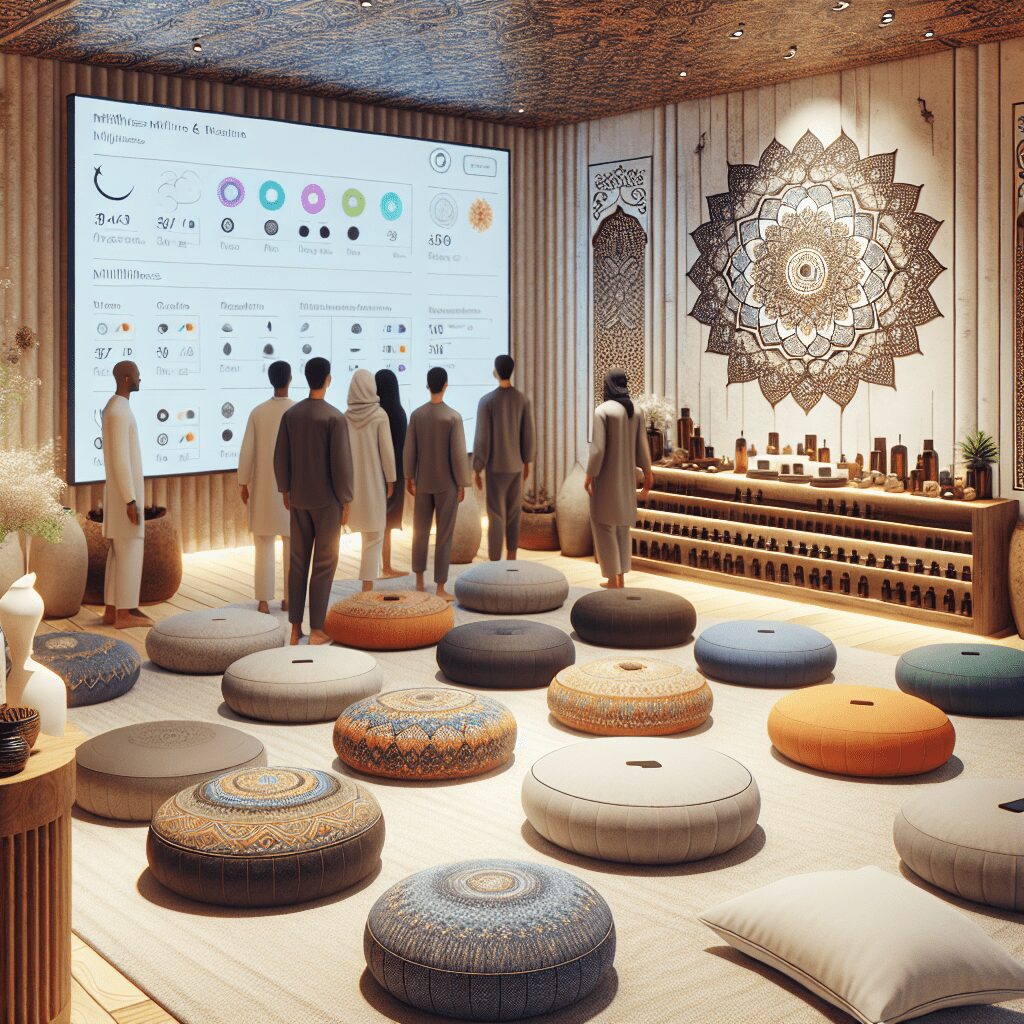
Prioritize your mental well-being daily. Enhance your life by nurturing your mental health with the Smart Meditation app. Break free from stress, alleviate anxiety, and enhance your sleep quality starting today.
Does Staying Indoors Cause Anxiety?
Unraveling the Indoor Enigma: Can Staying Inside Spark Anxiety?
In today’s fast-paced world, our lives often whirl around indoor spaces – be it homes that are our sanctuaries or offices where we chase our ambitions. Yet, amidst this indoor-centric lifestyle, whispers and speculations abound regarding the psychological impacts of staying indoors, particularly concerning its potential to stir up anxiety. Let’s dive deep and segregate fact from fiction, shall we?
The Psychological Impact of Indoor Confinement
First off, it’s crucial to get one thing straight – not all indoor environments are created equal. The effect of staying indoors largely hinges on a myriad of factors including the space’s design, the amount of natural light it gets, and, of course, the amount of time spent within its confines. However, there’s a growing body of evidence suggesting that prolonged periods indoors can indeed fan the flames of anxiety for some folks. Here’s a quick rundown:
-
Lack of Sunlight: Humans have an innate need for sunshine – it’s our main source of Vitamin D and it plays a pivotal role in regulating our mood. Without enough sun exposure, our serotonin levels can take a nosedive, potentially leading to feelings of anxiety and depression.
-
Cabin Fever: It’s not just an old wives’ tale! Being cooped up for too long without a change of scenery can lead to a specific type of restlessness and irritability, colloquially known as ‘cabin fever.’ This sensation can exacerbate feelings of anxiety, making the walls feel like they’re closing in on you.
-
Screen Saturation: In our digitally-driven world, more indoor time often translates to more screen time. Constantly being bombarded with notifications, news, and the never-ending comparison game on social media can act as a veritable anxiety accelerator.
Crafting an Anxiety-Resilient Indoor Environment
Hope’s certainly not lost, though. With a few adjustments, you can transform your indoor spaces into tranquil havens rather than anxiety-inducing cages. Here are a few tried-and-true strategies:
-
Let There Be Light: Embrace natural light by keeping windows unobstructed. Consider using light therapy lamps if you’re in a particularly dreary space or during the shorter days of winter.
-
Green is Good: Incorporate houseplants into your decor. They’re not only pleasing to the eye, but studies have shown that indoor plants can reduce stress and boost your mood.
-
Move It: Don’t let the great indoors turn you sedentary. Regular indoor exercise can help manage anxiety levels. Whether it’s yoga, a dance party for one, or a workout session, keeping active is key.
-
Unplug to Recharge: Allocate specific times to step away from screens. Whether it’s during meals, the first hour after waking up, or before bedtime, these digital detoxes can work wonders for your mental health.
In wrapping up, while the notion that staying indoors can cause anxiety holds water for some, it’s far from a universal truth. Personal sensitivities and the quality of the indoor environment play decisive roles. By fostering a mindful and health-conscious indoor lifestyle, the sanctuary you seek may just be a few thoughtful adjustments away. Remember, when it comes to handling anxiety, there’s no one-size-fits-all solution. Tailor your space to fit your needs, and you might find that your indoor environment becomes a source of solace rather than stress.





